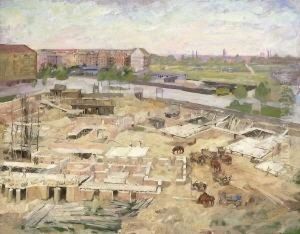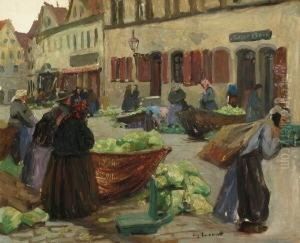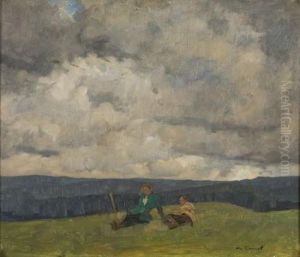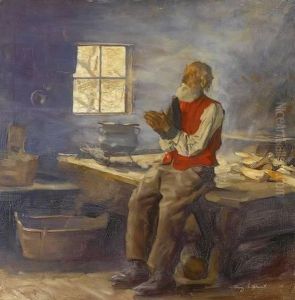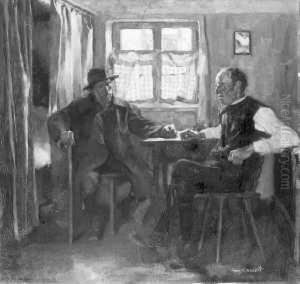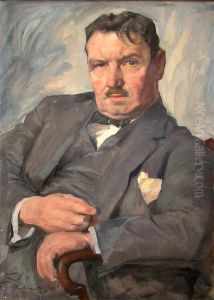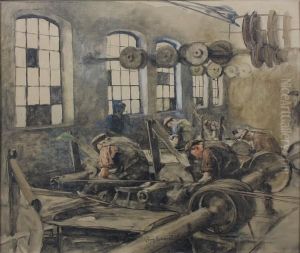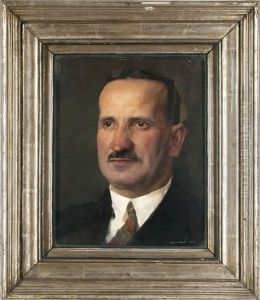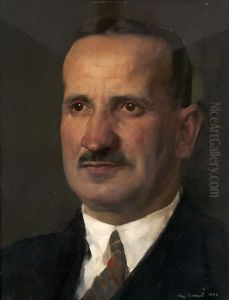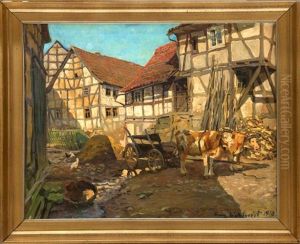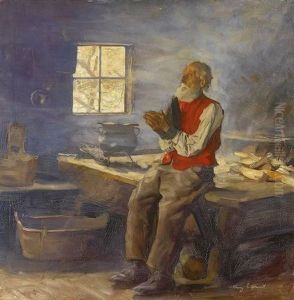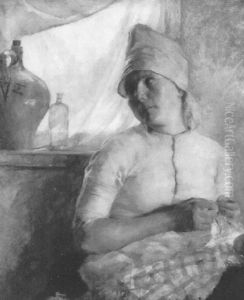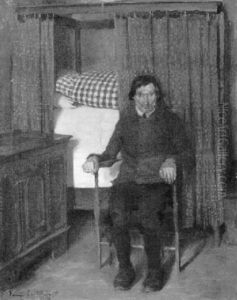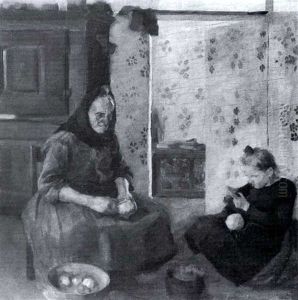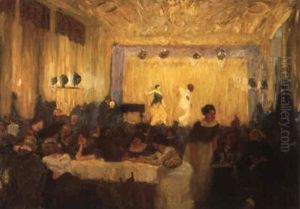Franz Eichhorst Paintings
Franz Eichhorst was a German painter and graphic artist known for his depictions of landscapes, military scenes, and his involvement in the art of the Nazi era. Born on February 17, 1885, in Herford, Germany, Eichhorst embarked on his artistic journey at a young age, showing a keen interest in capturing the world around him through his paintings.
Eichhorst's early career was marked by his studies at various prestigious art institutions, including the Academy of Fine Arts in Berlin, where he honed his skills under the tutelage of influential artists of the time. His work initially centered around landscapes and urban scenes, characterized by a meticulous attention to detail and a vibrant use of color. However, as his career progressed, Eichhorst's focus shifted towards military themes, a change that reflected the tumultuous times leading up to and during World War II.
During the Nazi regime, Eichhorst's art took on a propagandistic tone, aligning with the ideologies of the time. He became involved in creating artworks that glorified the German military and its campaigns, earning him recognition and patronage from the regime. Despite the controversial nature of this period in his career, Eichhorst's technical skill and ability to capture the essence of his subjects were undeniable.
After World War II, Eichhorst's work, like that of many artists associated with the Nazi regime, fell under scrutiny. The post-war period marked a decline in his career, as the demand for his type of art significantly diminished. Eichhorst passed away on January 6, 1948, in Berlin, leaving behind a complex legacy. His body of work remains a subject of study for art historians, reflecting not only his undeniable talent but also the intricate relationship between art and politics during one of the most tumultuous periods of the 20th century.
